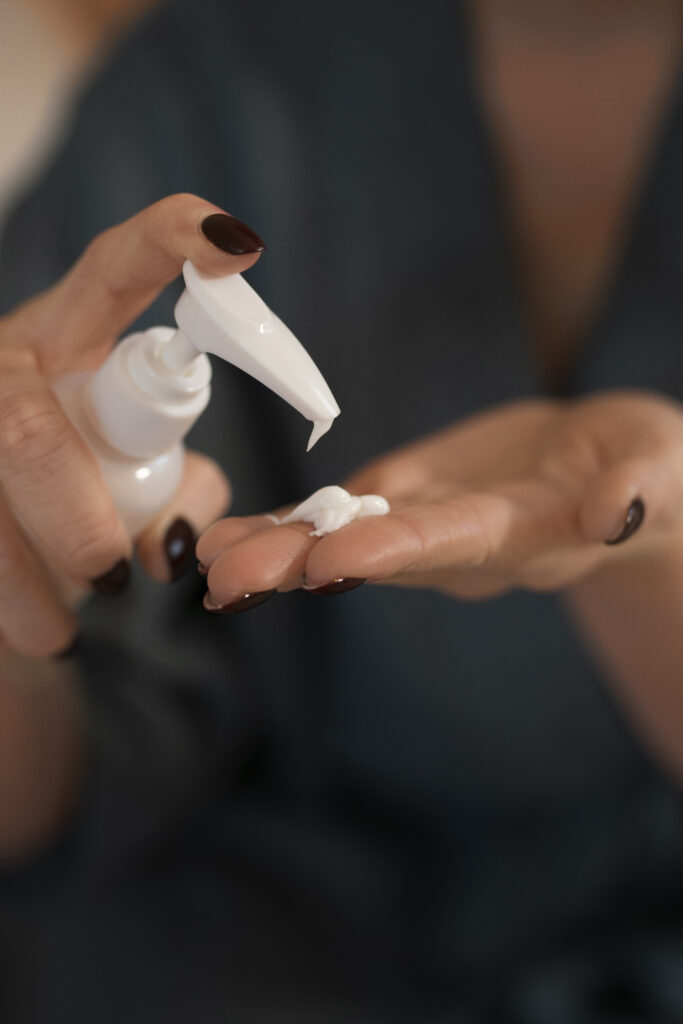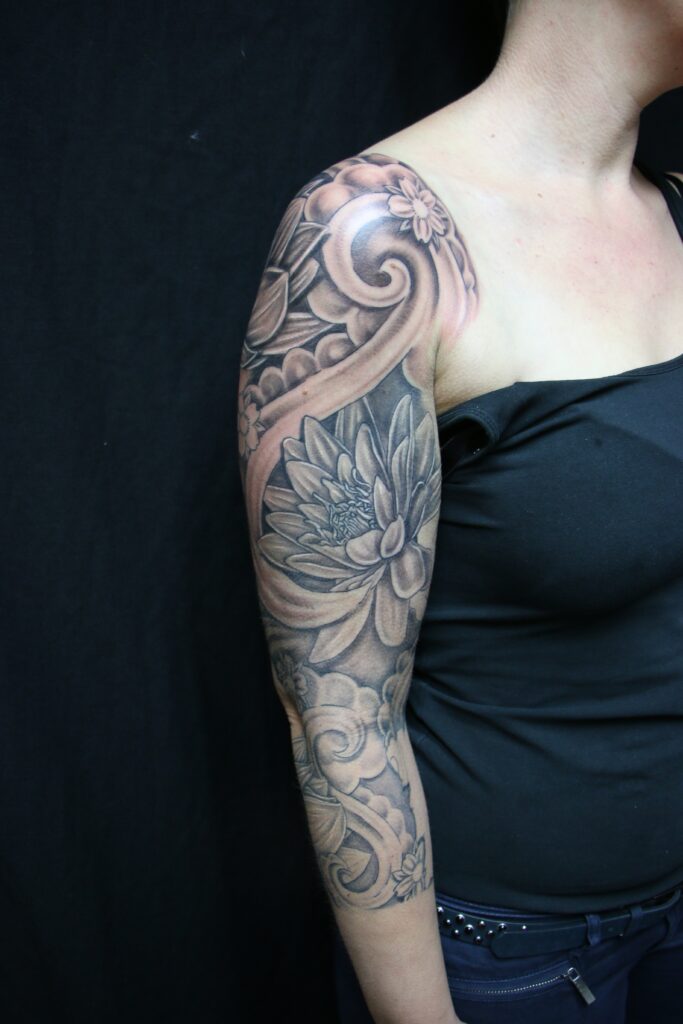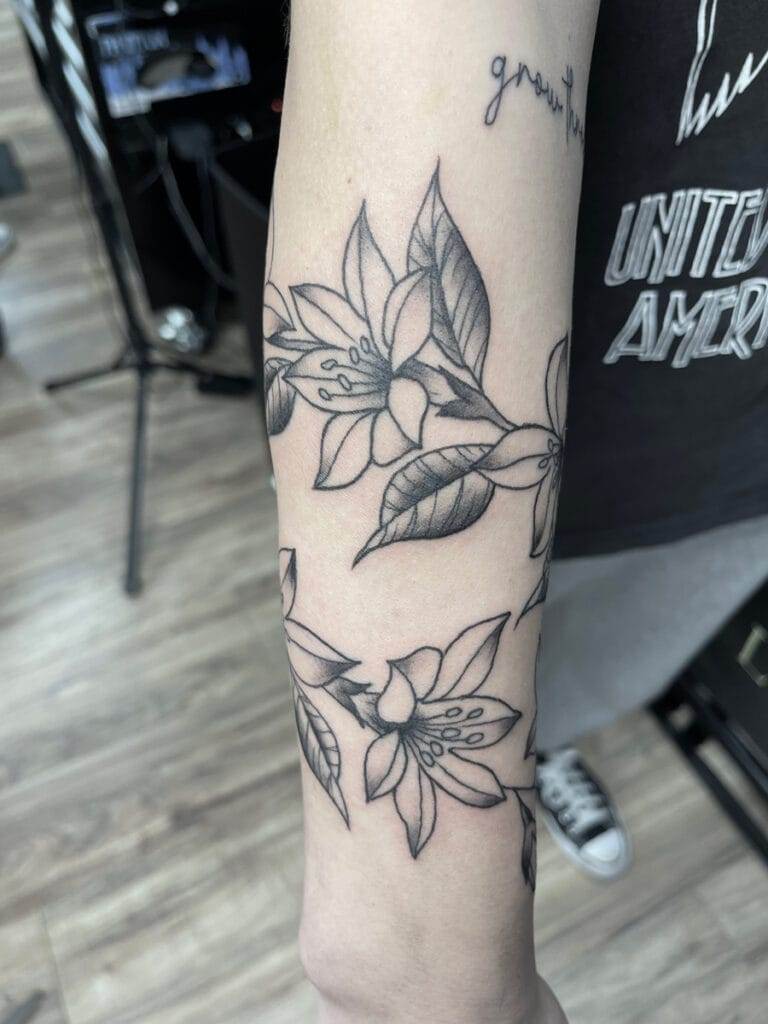The significance of skin tone in the world of tattoos cannot be overstated. Each individual’s skin tone serves as a unique canvas that influences how tattoo ink appears once applied. Lighter skin tones often allow for vibrant colors to pop, creating a striking contrast that can enhance the overall design.
Conversely, darker skin tones may absorb certain colors, leading to a more muted appearance. This variance in visibility and vibrancy is crucial for both the artist and the client to consider when selecting a design and color palette. Moreover, understanding skin undertones is equally important.
Skin can be categorized into warm, cool, or neutral undertones, which can affect how colors are perceived. For instance, warm undertones may complement earthy tones and yellows, while cool undertones might harmonize better with blues and purples. Recognizing these subtleties can help in achieving a tattoo that not only looks good but also resonates with the individual’s personal style and identity.
Key Takeaways
- Skin tone can impact how tattoo colors appear on the skin, with darker skin tones often requiring bolder colors for visibility.
- Sunlight can fade tattoo colors over time, making it important to consider sun exposure when choosing tattoo colors.
- When selecting tattoo colors, it’s important to consider how they will complement your skin tone for the best overall effect.
- Sun exposure can cause tattoos to fade and lose vibrancy over time, so it’s important to protect them from the sun’s rays.
- In Texas, where the sun can be intense, it’s important to take extra precautions to protect tattoos from sun damage, such as using sunscreen and covering up when necessary.
The Influence of Sunlight on Tattoo Colors
Sunlight plays a pivotal role in how tattoo colors are perceived and maintained over time. Ultraviolet (UV) rays can cause fading, altering the vibrancy of the ink used in tattoos. This is particularly relevant for individuals who spend significant time outdoors or live in sunny climates, such as Texas.
The intensity of sunlight can lead to a gradual degradation of tattoo colors, making it essential for individuals to understand how their tattoos will react to prolonged sun exposure. Additionally, different colors react differently to sunlight. For example, darker inks tend to hold their color better than lighter shades, which may fade more quickly when exposed to UV rays.
This phenomenon can lead to a tattoo that looks significantly different over time than it did when first applied. Therefore, understanding the relationship between sunlight and tattoo colors is crucial for anyone considering getting inked, especially in regions with high sun exposure.


Choosing the Right Tattoo Colors for Your Skin Tone
Selecting the right tattoo colors is an art form in itself, requiring careful consideration of one’s skin tone and personal preferences. For those with lighter skin tones, bold colors such as reds, blues, and greens can create a striking visual impact. These hues tend to stand out against lighter backgrounds, making them ideal for intricate designs that aim to capture attention.
However, individuals with lighter skin should also be cautious about overly bright colors that may appear garish or overwhelming. On the other hand, individuals with darker skin tones may find that certain colors do not show up as vividly as they would on lighter skin. Rich jewel tones like deep purples, emerald greens, and dark blues often work well, providing a beautiful contrast without losing their vibrancy.
Additionally, black and gray tattoos can be particularly striking on darker skin, offering a timeless aesthetic that remains bold over time. Ultimately, the choice of color should reflect not only the individual’s skin tone but also their personal style and the message they wish to convey through their body art.
How Sun Exposure Affects Tattoo Colors Over Time
Over time, sun exposure can significantly alter the appearance of tattoos. The fading process is gradual but can lead to noticeable changes in color vibrancy and clarity. UV rays penetrate the skin and break down the pigments used in tattoo inks, leading to a duller appearance.
This fading can be particularly pronounced in areas of the body that receive more sunlight, such as arms and legs. As a result, individuals may find that their tattoos require touch-ups or even complete reworkings to restore their original beauty. Moreover, the effects of sun exposure are not uniform across all colors.
Lighter shades are often more susceptible to fading than darker ones, which can lead to an uneven appearance over time. This inconsistency can be frustrating for individuals who wish to maintain the integrity of their tattoos. Understanding how sun exposure affects tattoo colors is essential for anyone looking to preserve their body art for years to come.
Tips for Protecting Your Tattoos in the Texas Sun
Living in Texas means dealing with intense sunlight for much of the year, making it crucial for tattoo enthusiasts to take proactive measures to protect their ink. One of the most effective ways to safeguard tattoos from sun damage is by applying a high-SPF sunscreen before heading outdoors. A broad-spectrum sunscreen not only protects against UV rays but also helps maintain the vibrancy of tattoo colors.
It is advisable to reapply sunscreen every two hours, especially after swimming or sweating. In addition to sunscreen, wearing protective clothing can provide an extra layer of defense against sun exposure. Long sleeves or UV-protective garments can shield tattoos from direct sunlight while allowing individuals to express their style.
Furthermore, seeking shade during peak sun hours can minimize exposure and reduce the risk of fading. By implementing these protective measures, individuals can enjoy their tattoos while ensuring they remain vibrant and beautiful for years to come.


The Role of Professional Tattoo Artists in Color Selection
Professional tattoo artists play a vital role in guiding clients through the color selection process. Their expertise allows them to recommend colors that will not only look good on an individual’s skin tone but also stand the test of time against sun exposure and fading. Artists often have extensive knowledge about different inks and how they interact with various skin types, making them invaluable resources for anyone considering a tattoo.
Moreover, a skilled artist will take the time to understand a client’s vision and preferences before making recommendations. This collaborative approach ensures that the final design reflects the individual’s personality while also being practical in terms of color choice and longevity. By working closely with a professional tattoo artist, clients can feel confident that they are making informed decisions about their body art.
Cultural and Historical Considerations for Tattoo Color Choices
Tattoo color choices are often influenced by cultural and historical contexts that add depth to their meaning. Different cultures have unique associations with specific colors; for instance, red may symbolize luck in some Asian cultures while representing love or passion in others. Understanding these cultural nuances can enrich the experience of getting a tattoo and provide additional layers of significance.
Historically, certain colors have been used in traditional tattooing practices around the world. For example, indigenous tribes often used natural pigments derived from plants and minerals, each carrying its own cultural meaning. In contemporary tattoo artistry, these historical practices continue to inform color choices and designs.
By considering cultural and historical factors when selecting tattoo colors, individuals can create body art that resonates on a deeper level.
Embracing Diversity in Tattoo Artistry
The world of tattoo artistry is incredibly diverse, reflecting a wide range of styles, techniques, and cultural influences. Embracing this diversity allows for a richer tapestry of expression through body art. Artists from various backgrounds bring unique perspectives on color choices and design elements, contributing to an ever-evolving landscape of creativity.
Moreover, celebrating diversity in tattoo artistry encourages inclusivity and representation within the community. It allows individuals from different backgrounds to see themselves reflected in the art they choose to wear on their bodies. By fostering an environment where diverse voices are heard and valued, the tattoo industry can continue to grow and innovate while honoring its rich history and cultural significance.
In conclusion, understanding the impact of skin tone and sunlight on tattoo colors is essential for anyone considering body art. By choosing the right colors for their skin tone and taking steps to protect their tattoos from sun exposure, individuals can ensure that their ink remains vibrant over time. Collaborating with professional tattoo artists further enhances this process, allowing clients to make informed decisions that reflect their personal style and cultural influences.
Ultimately, embracing diversity within tattoo artistry enriches the experience for everyone involved, creating a vibrant community that celebrates individuality through body art.
FAQs
What is the impact of skin tone on tattoo color choices in Texas sunlight?
Skin tone can significantly impact how tattoo colors appear in Texas sunlight. Lighter skin tones tend to make tattoo colors appear more vibrant and true to their original shade, while darker skin tones may cause colors to appear more muted or darker than intended.
How does skin tone affect the visibility of tattoos in Texas sunlight?
In Texas sunlight, tattoos on lighter skin tones may be more visible and stand out more due to the contrast between the skin and the tattoo colors. On the other hand, tattoos on darker skin tones may be less visible in bright sunlight, as the colors may blend in with the skin tone.
What are some recommended tattoo color choices for different skin tones in Texas sunlight?
For lighter skin tones in Texas sunlight, vibrant and bold colors such as reds, yellows, and oranges tend to stand out well. For darker skin tones, darker and bolder colors such as black, deep blues, and purples may be more visible in bright sunlight.
Are there any specific considerations for tattoo placement based on skin tone and Texas sunlight?
When considering tattoo placement in Texas sunlight, individuals with lighter skin tones may want to choose areas that receive less direct sunlight to preserve the vibrancy of the tattoo colors. For those with darker skin tones, placing tattoos in areas that receive more sunlight may help the colors appear more visible.










